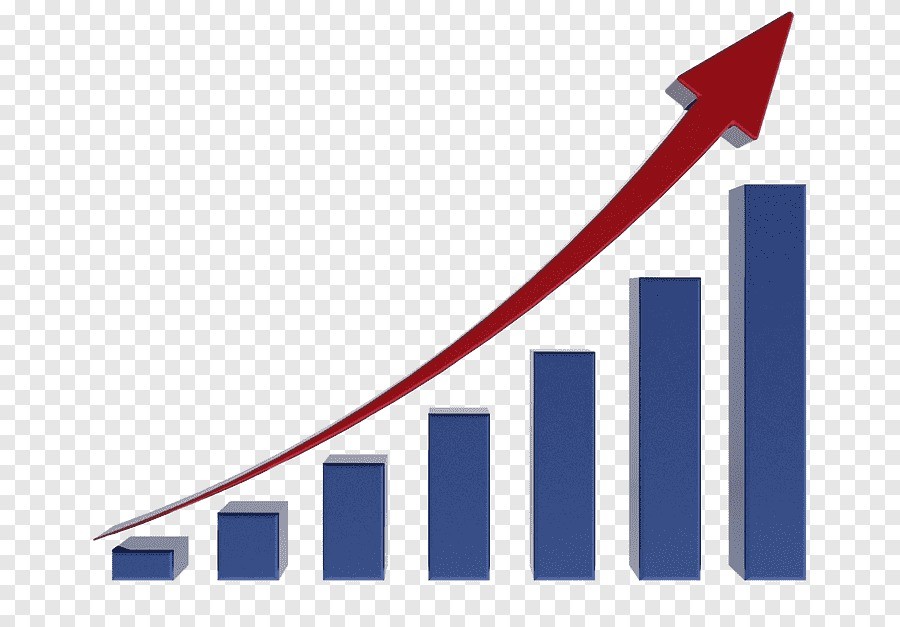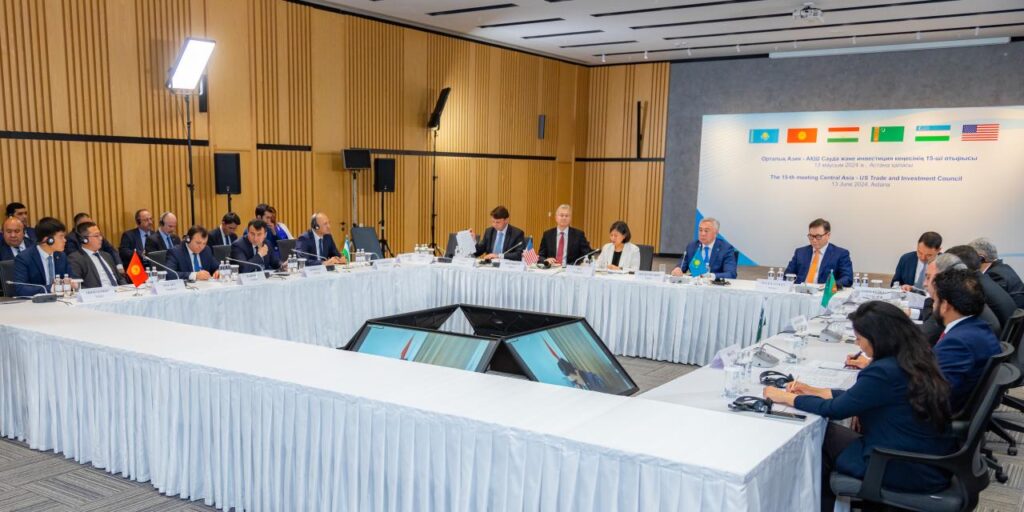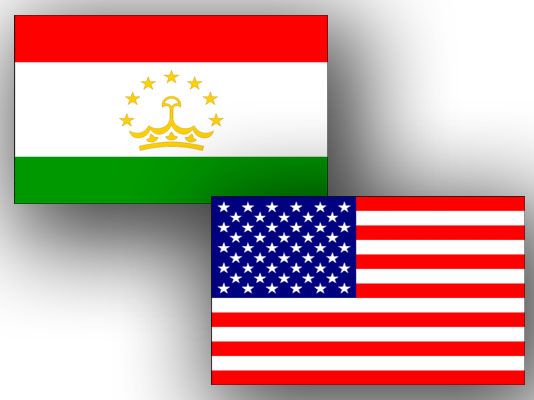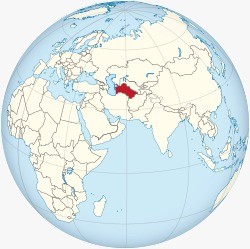EDB Upgrades Economic Growth Forecast for Most Member States
In a newly-released Macroeconomic Outlook for its six member states, the Eurasian Development Bank (EDB) reported that in 2024, Armenia’s GDP is expected to grow by 7.5%, Belarus’s by 3.4%, Kazakhstan’s by 5%, Kyrgyzstan’s by 5.5%, Russia’s by 3%, and Tajikistan’s by 8%. For most EDB member countries, the outlook has been upgraded in response to strong early year performance and continued robust utilization of domestic growth sources. EDB analysts forecast a 3.4% growth in the region’s GDP by the end of 2024. In Armenia, Kyrgyzstan, and Tajikistan, high growth rates early in the year, driven by strong domestic demand and increased exports of basic metals, have led to the following upgraded GDP growth projections for 2024: 7.5% for Armenia, 5.5% for Kyrgyzstan, and 8% for Tajikistan. Kazakhstan’s economy is expected to maintain a high GDP growth rate of around 5% in 2024. Government efforts to diversify the economy are anticipated to catalyse and sustain a steady GDP growth rate in the medium term. Russia’s GDP growth forecast for 2024 has been improved to 3%. EDB analysts note that the expansion of domestic demand has been driven by high household incomes and fiscal stimuli. However, due to tight monetary policy, it is anticipated that consumer activity will gradually decline in the coming year. Belarus’s GDP growth forecast for 2024 has been upgraded to 3.4%, supported by continued strong growth in demand from Russia and wage increases. EDB researchers forecast that inflation in Kyrgyzstan and Tajikistan may drop below target levels, while Russia and Kazakhstan continue to face increased inflationary pressures. Bank analysts project that inflation rates will gradually approach targets in 2024: 1.5% in Armenia, 6% in Belarus, 8.3% in Kazakhstan, 4.3% in Kyrgyzstan, 5.8% in Russia, and 4.1% in Tajikistan.






